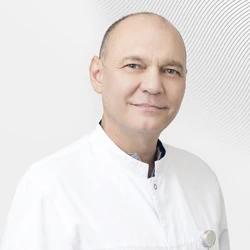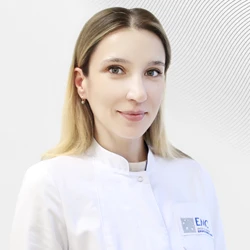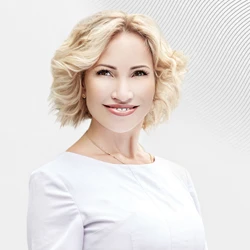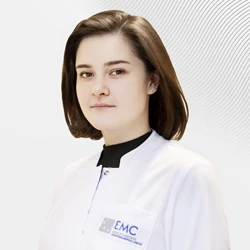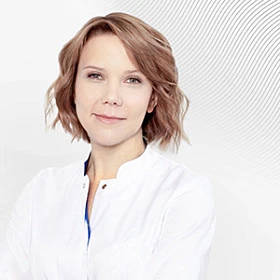Anyone who has visited a beauty salon at least once in the last 5 years is well acquainted with such a procedure as peeling. The process, called the word, derived from the English verb to peel – peel, peel – fully corresponds to it. Today, peels are divided into 3 groups: mechanical, chemical and ultrasonic, depending on the method of exposure, as well as superficial, median and deep, depending on the depth of penetration into the skin.
Dermatocosmetologists at the European Medical Center are accustomed to investing deep therapeutic meaning and obtaining a reliable therapeutic effect in all procedures performed within the walls of this well-known clinic. Therefore, in EMC, peels are divided not by physical or chemical characteristics, but by the nature of the medical problem that they will solve during the procedure, often combining acidic pre-peeling and mechanical surface exfoliation, cryopilation of deeper layers of the epidermis, adding median enzyme exfoliation and ending with deep exposure with electrocution of collagen and fibroblasts.
Such peels can solve the problems of acne and its consequences in the form of scars, skin pigmentation disorders. Peels are used to prevent and treat hair diseases such as hair loss, overgrowth, or inflammatory ingrowth.
Peels can be applied to any area of the skin: face, neck, trunk, limbs, even on the scalp. For example, a comprehensive program with phytoestrogen peeling gives excellent results for the treatment of hair loss, as it improves metabolic processes in the skin, blood microcirculation in the capillaries that nourish the hair follicles, and also has a mild antiandrogenic effect. Acid peeling with the use of combined preparations based on a multifruit complex of plant origin for skin care of the hands, shoulders and shins gives excellent results – restoring the skin to its former radiance, elasticity, eliminating "age spots" and fine wrinkles. Doctors solve more complex skin problems such as scars and striae (stretch marks) with the help of median retinol peels, which affect the synthesis of collagen and elastin.
Currently, it is safe to say that peeling is one of the most sought–after dermatocosmetological procedures. But the high efficiency of the method does not guarantee its safety, therefore, a procedure such as peeling should be performed by dermatocosmetologists with extensive experience and a deep understanding of the morphology and physiology of the skin. In such a situation, with the help of peels, it is possible to achieve maximum therapeutic effect without unnecessary injury to the skin and with a minimal rehabilitation period.
Was this information helpful?
Questions and answers
Ask a Question
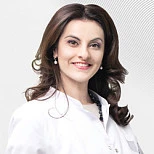





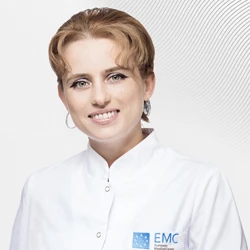

.webp)
.webp)
.webp)
